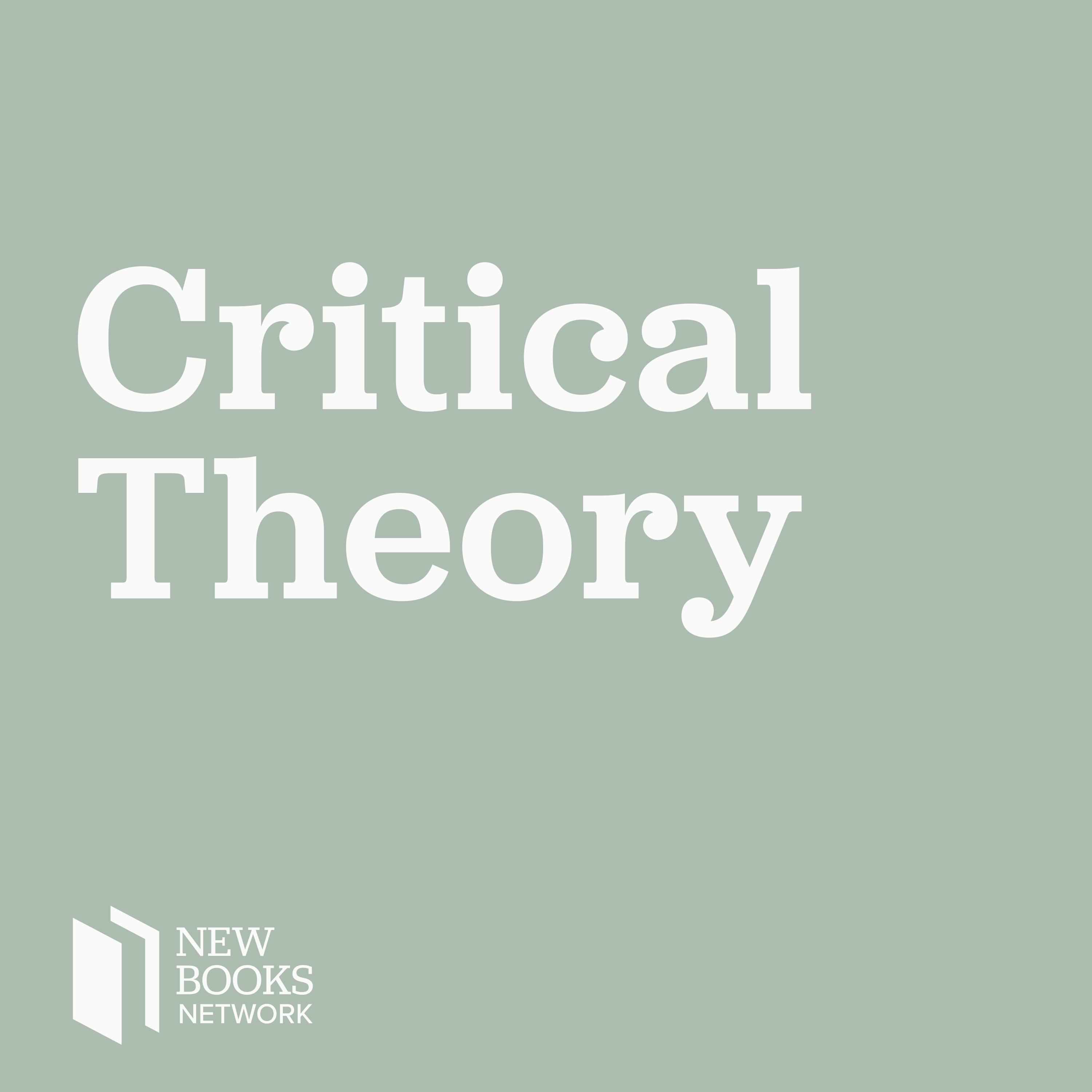
Whiteness, Accents, and Children's Media

New Books in Critical Theory
Deep Dive
Why do accents in children's media matter?
Accents in children's media serve as a way to quickly convey social and cultural information about characters, often reinforcing stereotypes and perpetuating biases. They can teach children to associate certain characteristics with specific accents, influencing their understanding of social variation and worldviews.
What does Rosina Lippi-Green's research on Disney characters reveal about accents?
Rosina Lippi-Green's research highlights how Disney characters with foreign accents are often portrayed as villains or problematic figures, reinforcing the idea that 'foreignness' is associated with negativity. This perpetuates stereotypes and teaches children to discriminate based on accent.
How does the representation of accents in the Octonauts show compare to other children's media?
The Octonauts features a diverse range of accents, including Cockney, Scottish, Australian, and Indian English, which is refreshing compared to typical media stereotypes. However, the show still maintains a hierarchy where the leader, Captain Barnacles, speaks with a Received Pronunciation British accent, reinforcing standard language ideology.
What changes occurred in the Octonauts' accents when Netflix acquired the show?
When Netflix produced the spin-off series 'Above and Beyond,' some accents changed or disappeared. For example, the Spanish accent was altered to a Central American one, and the Southern American accent was introduced. The voice cast also shifted, with more diversity in voice actors, including a British-Indian actor for the Indian English character.
How does the TV show 'Border Security' represent accents and languages in relation to migration?
In 'Border Security,' 90% of the officers are white and speak with Australian accents, while 66% of the passengers are non-native English speakers. This representation reinforces the idea that non-native English speakers are suspicious and problematic, perpetuating biases against migrants and their accents.
What role do accents play in the portrayal of characters in children's media like Bluey?
In Bluey, accents are used to represent diversity, such as an episode featuring a French-speaking Canadian character. However, some stereotypes persist, like the portrayal of French characters as chefs or artists. The show also includes positive examples of multilingualism, such as children playing together despite language barriers.
What are the implications of accent representation in children's media for future generations?
Accent representation in children's media can shape how future generations perceive diversity and social hierarchies. By exposing children to a variety of accents and languages, media can help break down biases and stereotypes, fostering a more inclusive understanding of the world.
What recent developments in children's media show progress in accent representation?
Recent shows like Coco, Moana, and Encanto have made strides in representing diverse accents and dialects. Bluey, an Australian show, also includes positive portrayals of multilingualism and characters with disabilities, such as a deaf character who uses Auslan (Australian sign language).
Shownotes Transcript
In this episode of the Language on the Move podcast, Brynn Quick) speaks with Dr. Laura Smith-Khan) about language and accents in children’s media, from Octonauts to Disney to Bluey, and they investigate what a choice as seemingly banal as a character’s accent has to do with whiteness, standard language ideology, and securing a nation’s borders. They then reflect on Laura’s most recently published paper) (with co-authors Distinguished Professor Ingrid Piller) and Dr. Hanna Torsh)) and how accents and language are used to shape discourses around migration and belonging.
For additional resources, show notes, and transcripts, go here).
Learn more about your ad choices. Visit megaphone.fm/adchoices)
Support our show by becoming a premium member! https://newbooksnetwork.supportingcast.fm/critical-theory)